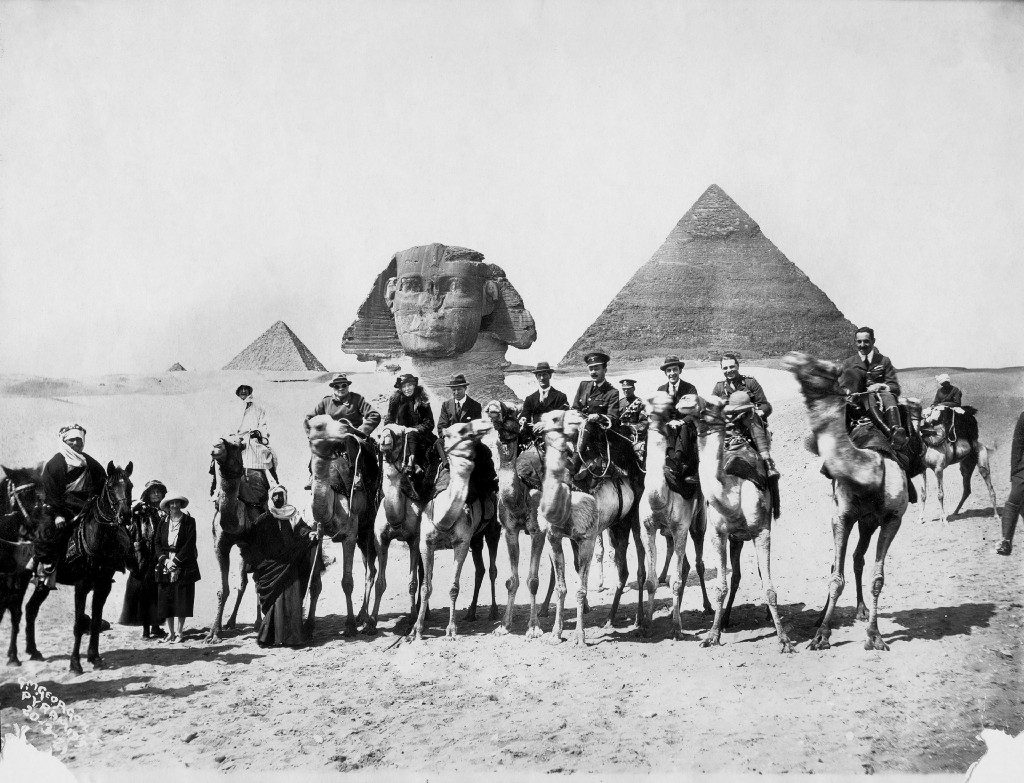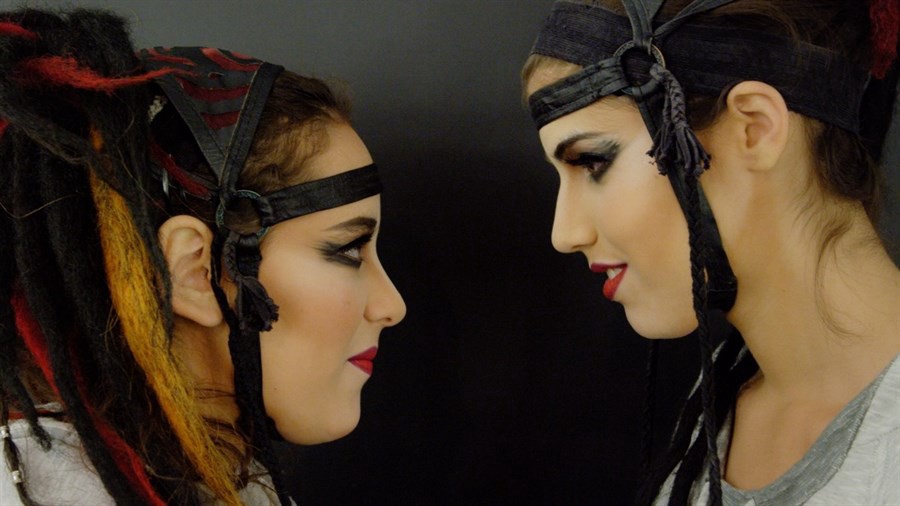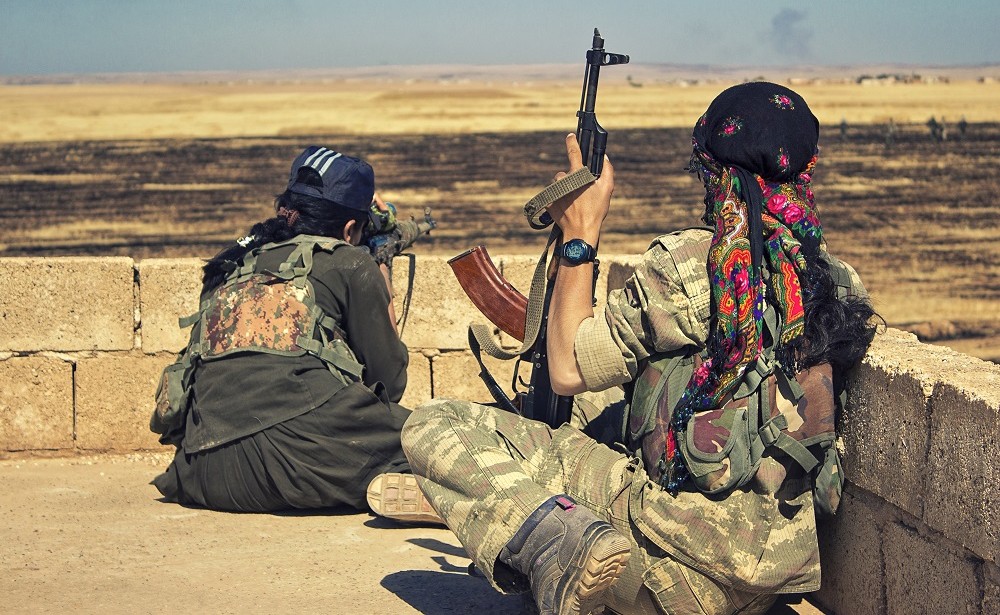Interview by Kate Gardner
Sabine Krayenbühl is an award-winning editor with over 20 theatrical documentaries and narrative features to her credit. Her work includes Oscar and Independent Spirit Award-nominated “My Architect,” for which she received an American Cinema Editors (ACE) Eddie Award nomination. Her other credits include “Mad Hot Ballroom,” “Picasso and Braque Go to the Movies,” “My Reincarnation,” and “Kiss the Water.” Krayenbühlis is a long-term member of New York Women in Film and Television. “Letters from Baghdad” is her directorial debut.
Zeva Oelbaum is an award-winning producer and photographer. She recently produced “Ahead of Time,” a feature length documentary about centenarian journalist Ruth Gruber which premiered at the Toronto International Film Festival. The film opened theatrically across the U.S. and was broadcast on Showtime Channel. She previously worked as a still photographer. Her work has been extensively published in periodicals such as The New York Times Magazine, and her photographs are in international public collections including the Bibliothèque nationale de France and The Brooklyn Museum.
“Letters from Baghdad” opens in New York today, June 2.
W&H: Describe the film for us in your own words.
SK&ZO: “Letters from Baghdad” is a feature length hybrid documentary about a true original — Gertrude Bell — sometimes called the “female Lawrence of Arabia.” Voiced and executive produced by Academy Award-winning actor Tilda Swinton, the film tells the dramatic story of this British spy, explorer, and political powerhouse who helped shape the modern Middle East after WWI.
Using stunning never-seen-before footage of the region shot a century ago, the film chronicles Bell’s extraordinary journey into both the uncharted Arabian desert and the inner sanctum of male colonial power.
In a region of the world notorious for conflicting narratives, we wanted to reveal the unfiltered views of the important players of the day. So, one thing that makes our film stand apart is that the story is told entirely in the words of Gertrude Bell and her contemporaries, excerpted from their intimate letters, private diaries, and official documents. It is a unique window into a remarkable woman and the tangled history of Iraq and although it takes place in the past, it is eerily current.
W&H: What drew you to this story?
SK&ZO: We have both traveled extensively in the Middle East and are very familiar with many of the regions that Gertrude Bell explored 100 years before us. We were attracted to Bell as a compelling character after we both read her definitive biography by Janet Wallach, “Desert Queen.”
We discovered how enormously powerful and influential she had been during her day, yet is virtually forgotten today. Even a recent biography about her colleague and friend T.E. Lawrence omitted her completely. We wanted to find out why.
She left behind over 1600 private letters that revealed a fascinating woman who was arrogant, vulnerable, confident, and complex. A perfect subject for a film!
W&H: What do you want people to think about when they are leaving the theater?
SK&ZO: Gertrude Bell championed the diversity of the Middle East and observed that the people of the region were more tolerant of other ethnicities and religions than the rigid Victorian England of her youth. She had a sincere interest in other cultures and a curiosity and passion to discover a world she was unfamiliar with.
Our hope for the viewer is that they come away from film with a more nuanced understanding about the history and the peoples of this portion of the Arab world. Gertrude Bell became an inspiration to us and we hope that she can inspire others as well, especially young women.
W&H: What was the biggest challenge in making the film?
SK&ZO: We encountered many challenges. Our first concern was that we would not find enough archival footage of the Middle East from 100 years ago, but we were dazzled by the quantity and quality of the footage we uncovered in archives around the world.
Our second challenge was finding funding for a historical documentary which was centered around a person that had died nearly a century ago. How would we bring her and her story to life? It had to be told from her point of view by creating a narrative that would take the viewer back in time to a place completely unexpected.
W&H: How did you get your film funded? Share some insights into how you got the film made.
SK&ZO: Luckily we received two grants from the National Endowment for the Humanities, and a grant from the New York State Council on the Arts. We also launched a very successful Kickstarter campaign and were able to raise money with tax-deductible contributions through our fiscal sponsor, IFP. With the help of our UK co-producer, Missing In Action Films, we were able to receive valuable UK tax incentives for our shoot in London.
W&H: What’s the best and worst advice you’ve received?
SK&ZO: The best and worst advice was the same. Everyone said, “Don’t do a historical documentary; it’s too hard to fund and too hard to sell.”
W&H: What advice do you have for other female directors?
SK&ZO: There is only one answer: Let your passion lead the way.
W&H: Name your favorite woman-directed film and why.
SK&ZO: We love “The Arbor” by Clio Barnard. She pushes the boundaries of what a documentary is and is not afraid to break “the rules.”
W&H: Have you seen opportunities for women filmmakers increase over the last year due to the increased attention paid to the issue? If someone asked you what you thought needed to be done to get women more opportunities to direct, what would be your answer?
SK&ZO: In the documentary field, women have been pretty well represented. There is always room for improvement.







